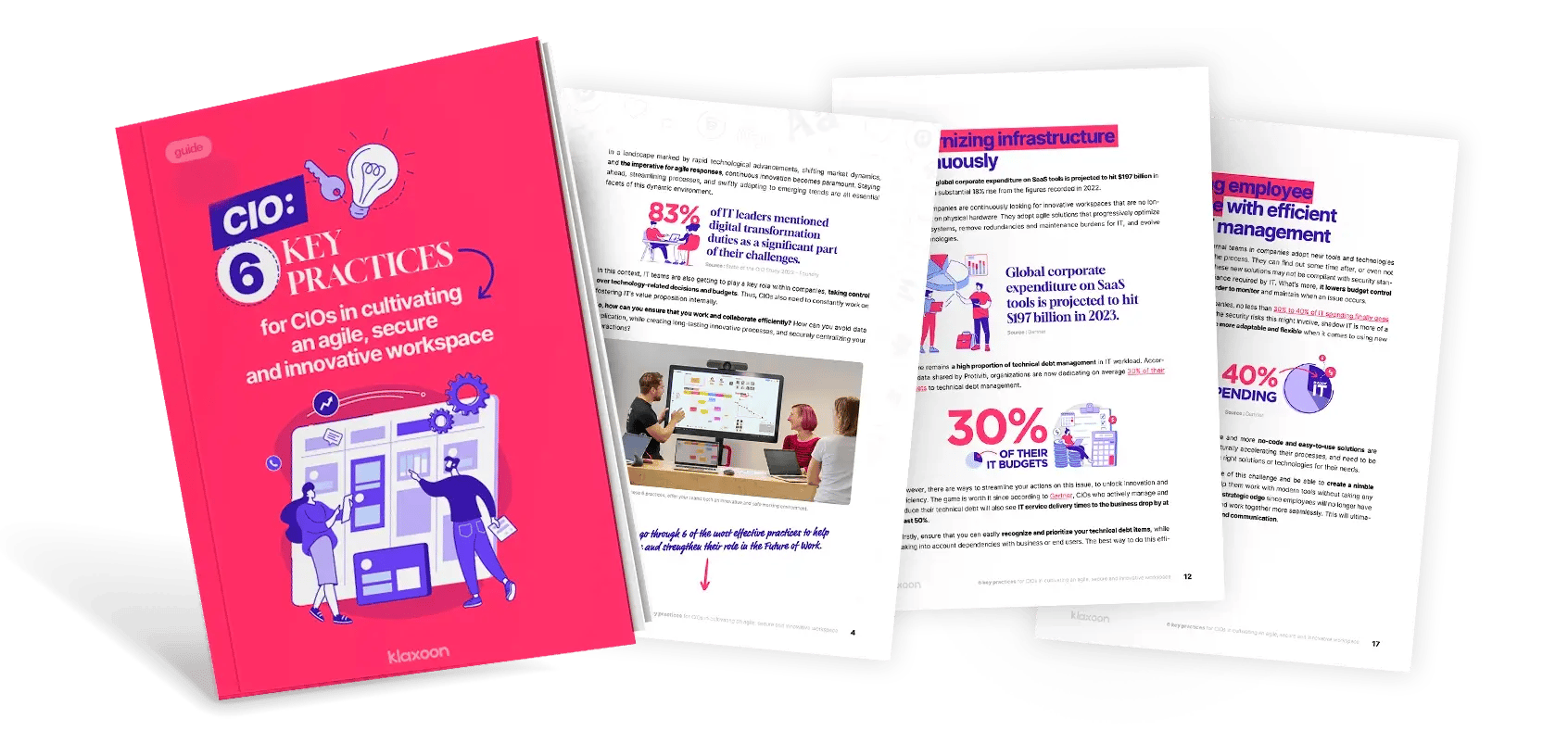6 key practices for CIOs: Cultivating an agile, secure, and innovative workspace
Ensure data centralization, seamless collaboration and cybersecurity for the Future of Work.
6 key practices for CIOs: Cultivating an agile, secure, and innovative workspace

The digital transformation across the globe, has positioned Chief Information Officers (CIOs) at the forefront, who find themselves compelled to innovate continually. Their focus lies on crafting strategies that not only optimize workspaces but also enhance competitiveness and accelerate time to market.
From data centralization and seamless collaboration to infrastructure modernization and cybersecurity compliance, the emphasis is on creating agile, secure, and innovative workspaces. By fostering collaboration, embracing employee experience, and staying vigilant on cybersecurity, CIOs can effectively lead their organizations into a strong future.
Explore the following 6 key practices designed to empower CIOs in navigating and thriving amid the challenges of digital transformation.